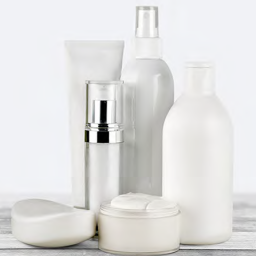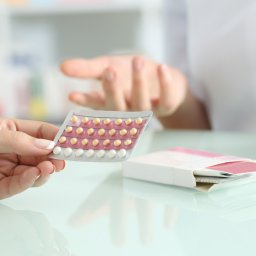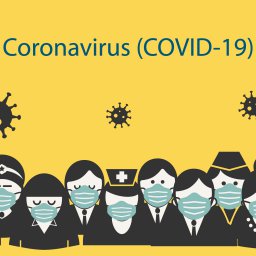
Have you noticed salivary hormone levels trending higher lately?
We have certainly noticed this alarming trend in our lab!
And we want to let you know we believe it is due to the presence of hidden hormones in personal care products (PCPs). Yes, bioidentical hormones are added to PCPs without being listed as an ingredient. Manufacturers and raw material suppliers are not supposed to add ingredients to products without disclosing them, but; it does occur and seems to be occurring more frequently in recent months, according to our internal data and trends.
When a patient’s test results show an exceptionally elevated hormone level, we often ask the patient to avoid exposure to all PCPs and then repeat the test.
To avoid exposure, we ask these patients to:
- Discontinue the use of personal care products
- Wipe down surfaces in their environment to remove the residue of personal care products
- Launder bed linens and hand towels
- Avoid exposure to other household members that might be using suspicious personal care products
Once the exposures are eliminated, the salivary hormone level tends to normalize. This anecdotal evidence suggests the elevated hormone levels we have seen lately, including elevated estradiol (E2) and dihydrotestosterone (DHT) levels, are likely caused by unintentional exposure to exogenous hormones.
Does unintentional exposure to exogenous hormones have a clinical impact? Yes, published evidence suggests unintentional exposure to exogenous hormones does cause physiologic changes.
What is the evidence?
The use of hair care products during childhood is significantly associated with earlier menarche, and the frequent use of certain hair care products by adults is associated with an increased risk of developing ovarian cancer.1,2 Of course, hair care products could contain endocrine-disrupting chemicals, such as phthalates; but, our salivary hormone assays only measure bioidentical hormone levels, which suggests personal care products contain undisclosed bioidentical hormones. Indeed, correspondence published in the Journal of Clinical Oncology does confirm the presence of bioidentical estrone (E1), estradiol (E2), and estriol (E3) in several commercially available skin moisturizers.3
When applied topically, the bioidentical hormones do not significantly register in serum testing.4 Therefore, salivary hormone testing is the only effective option to screen for and eliminate these potentially hazardous hormone exposures.
Screening for exposure to exogenous bioidentical hormones is most important for patients with a personal or family history of hormone-sensitive cancers, such as ovarian, prostate, and breast cancers.
Please review the Hormones in Cosmetics and Personal Care Products resource on the Provider Tools page in your Provider Portal for more information, and consider ordering salivary hormone testing for all patients to screen for exposures.
References:
- White AJ, Sandler DP, Gaston SA, et al. Use of hair products in relation to ovarian cancer risk. Carcinogenesis. 2021;42(9):1189-1195. doi:10.1093/carcin/bgab056
- James-Todd T, Terry MB, Rich-Edwards J, et al. Childhood hair product use and earlier age at menarche in a racially diverse study population: a pilot study. Ann Epidemiol. 2011;21(6):461-465. doi:10.1016/j.annepidem.2011.01.009
- Olson AC, Link JS, Waisman JR, et al. Breast cancer patients unknowingly dosing themselves with estrogen by using topical moisturizers. J Clin Oncol. 2009;27(26):e103-e104. doi:10.1200/JCO.2009.23.1225
- O’Leary P, Feddema P, Chan K, et al. Salivary, but not serum or urinary levels of progesterone are elevated after topical application of progesterone cream to pre-and postmenopausal women. Clin Endocrinol (Oxf). 2000;53(5):615-620. doi:10.1046/j.1365-2265.2000.01130.x




